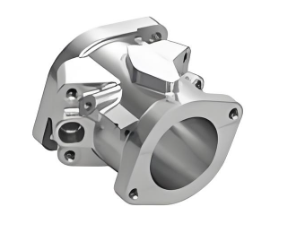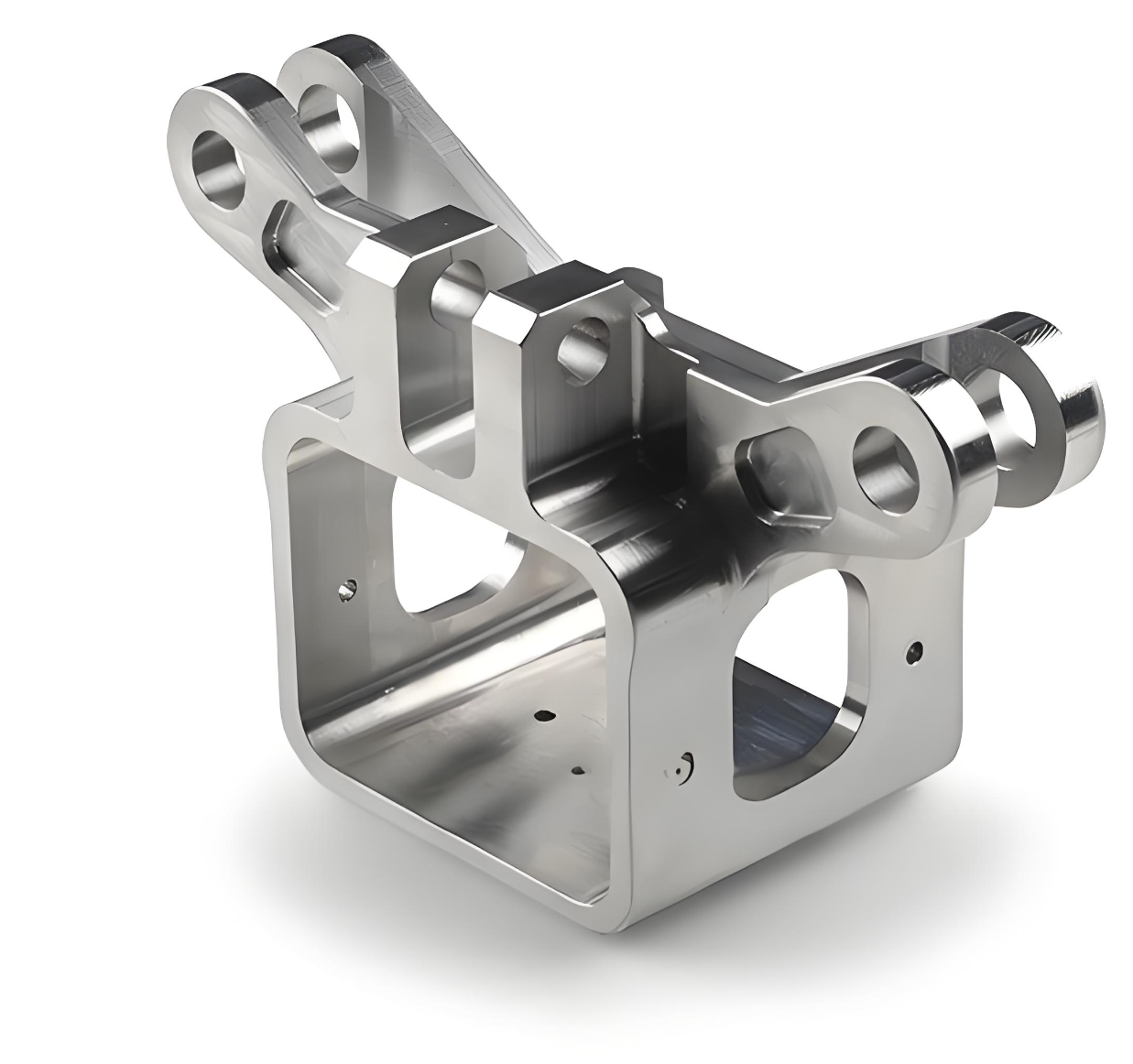Metal Forge
Release time:2024-11-25 16:26:16 Number of views:695 Publisher:njjh Source:编辑部
Metal Forge
Product Details ofMetal Forge
What is the die forging process? 1. Die forging utilizes a die to shape a blank on specialized equipment, resulting in precise, dimensionally accurate forgings with minimal machining allowance. This method enables the production of complex structures at high productivity levels. 2. Developed as an advancement over free forging and conventional die forging, die forging, also known as model forging, addresses the limitations of low productivity and poor precision. The forging die, typically comprising upper and lower components, is affixed to the hammerhead and die pad, ensuring uniformity in the resulting forgings. The blank is positioned on the lower die, while the upper die strikes the blank, inducing plastic deformation and filling of the die cavity to yield a forging matching its shape. 3. Die forging offers rapid forming speed and high productivity, ideal for large-scale production runs. With reduced machining allowances and streamlined production processes, die forgings are cost-effective and require lower labor intensity. Additionally, die forgings exhibit superior dimensional accuracy, enhanced surface quality, and improved mechanical properties, contributing to prolonged part lifespan. Forging impacts metal to deform and shape it, maintaining its strength through uninterrupted crystal grain flow and aiding in defect elimination. Forged parts boast high strength, enabling them to withstand significant impact loads and reducing material usage. For example, die forging reduced the overall mass of the F-102 aircraft by employing a 315MN hydraulic press to produce numerous parts and screws. What are the details of the precision forging process? 1. Blank Preparation: Accurate preparation of the blank is crucial for achieving precise forgings. The dimensional error of the blank should be strictly controlled within ±2%, and for closed die forging, within ±1%. Prior to forging, the blank must be meticulously cleaned to remove any defects such as oxide scale, inclusions, cracks, folds, or pits. 2. Lubrication: Effective lubrication facilitates metal flow, demolding, and reduces deformation resistance and surface defects. Glass protective lubricants are commonly used in high-temperature precision die forging of stainless steel, superalloys, and titanium alloys to enhance lubrication and improve mold life. 3. Surface Cleaning Between Processes: Strict surface cleaning and control are necessary at each stage of the forging process to ensure high surface quality and dimensional accuracy. Cleaning methods may include sandblasting, shot blasting, drum cleaning, pickling, alkali corrosion, and polishing, with higher cleanliness standards compared to ordinary die forging. 4. Forging Cooling: Quick cooling in a protective medium after precision die forging is necessary to prevent secondary oxidation of the surface and preserve surface quality. Common protective media include yellow sand, graphite sand, and protective gas. Stack cooling is often employed to prevent forging flexing and deformation during the cooling process. 5. Process and Testing Technology: The general process of precision die forging involves rough die forging, thorough cleaning, and finish forging. For high-demand forgings, additional processes such as precision pressing or cold calibration may be required. Rigorous inspection between each process is essential to ensure high-precision forgings. Modern advanced testing instruments play a crucial role in achieving precision forging standards. Packing and Shipping. 1. Each product is carefully packed in bubble wrap and cartons to prevent scratches and ensure quality. For added protection during transportation, we use specially designed wooden export boxes. 2. We offer flexible shipping options including express, air, sea, and railway transport, tailored to meet customer needs. FAQs. 1. How do I request a quotation? ---We provide quotes based on drawings, quantity, weight, and material specifications. Physical samples are also acceptable for assessment. 2. Can you create a drawing if I don't have one? ---Yes, we can produce drawings based on your sample to duplicate it accurately. 3. What are your payment methods? ---For tooling, we require a 50% T/T advance payment, with the remaining 50% upon sample approval. For bulk orders, a 30% deposit is required, with the balance settled via T/T against the copy of the B/L. 4. What file formats do you accept? ---We accept PDF, IGS, DWG, X_T, and STEP (STP) formats. 5. What surface treatments do you offer? ---We provide a range of surface treatments including powder coating, sandblasting, painting, polishing, acid pickling, anodizing, enamel, zinc plating, hot-dip galvanizing, and chrome plating. 6. How do you pack products? ---Each product is carefully packed in bubble wrap and cartons. Wooden export boxes are utilized to prevent damage during transportation. 7. Do you have a subsidiary overseas? ---Yes, we have a subsidiary located in Michigan, USA.

